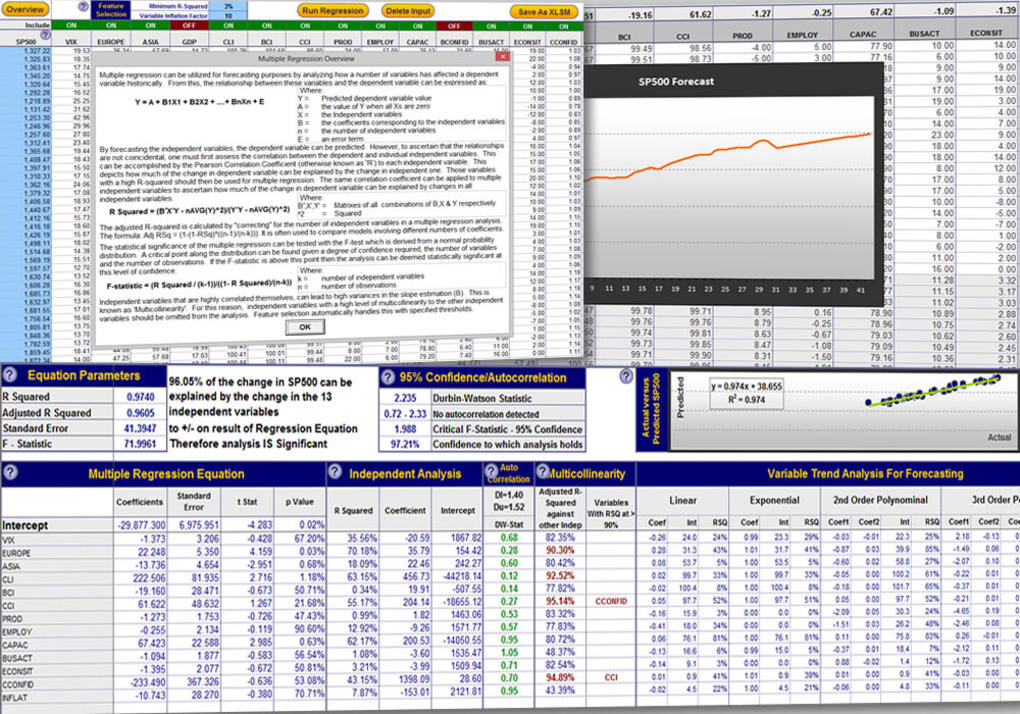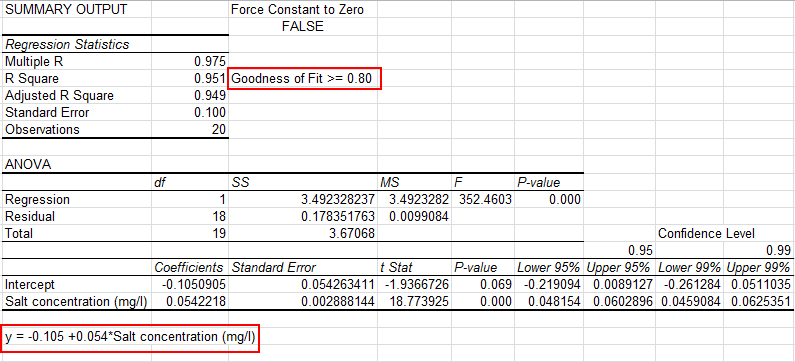
By default, SPSS uses only our 297 complete cases for regression. Here we select some charts for evaluation the regression assumptions. (We'll explain why we choose Stepwise when discussing our output.) We'll generate the syntax by following the screenshots below.

Now that we're sure our data make perfect sense, we're ready for the actual regression analysis. 3 So we first run our regression and then look for any violations of the aforementioned assumptions. However, the regression assumptions are mostly evaluated by inspecting some charts that are created when running the analysis. We usually check our assumptions before running an analysis.

all relations among variables are linear and additive.the prediction errors have a constant variance ( homoscedasticity).the prediction errors follow a normal distribution.the prediction errors are independent over cases.Simply “regression” usually refers to (univariate) multiple linear regression analysis and it requires some assumptions: 1, 4 Like so, pairwise exclusion uses way more data values than listwise exclusion with listwise exclusion we'd “lose” almost 36% or the data we collected. The alternative, listwise exclusion of missing values, would only use our 297 cases that don't have missing values on any of the variables involved. This is known as pairwise exclusion of missing values, the default for CORRELATIONS. Second, each correlation has been calculated on all cases with valid values on the 2 variables involved, which is why each correlation has a different N.

This means there's a zero probability of finding this sample correlation if the population correlation is zero. Most correlations -even small ones- are statistically significant with p-values close to 0.000. Note that all correlations are positive -like we expected. Importantly, note the last line - /MISSING=PAIRWISE.- here. CORRELATIONS /VARIABLES=overall q1 q2 q3 q4 q5 q6 q7 q8 q9 /PRINT=TWOTAIL NOSIG /MISSING=PAIRWISE. So what do these values mean and -importantly- is this the same for all variables? A great way to find out is running the syntax below. Now, if we look at these variables in data view, we see they contain values 1 through 11. Our analysis will use overall through q9 and their variable labels tell us what they mean. One of the best SPSS practices is making sure you've an idea of what's in your data before running any analyses on them. 2, 6 This tutorial will explain and demonstrate each step involved and we encourage you to run these steps yourself by downloading the data file. The usual approach for answering this is predicting job satisfaction from these factors with multiple linear regression analysis. Which factors contribute (most) to overall job satisfaction? as measured by overall (“I'm happy with my job”). The survey included some statements regarding job satisfaction, some of which are shown below. They carried out a survey, the results of which are in bank_clean.sav. You can also create a scatter plot of these residuals.SPSS Stepwise Regression Tutorial II By Ruben Geert van den Berg under RegressionĪ large bank wants to gain insight into their employees’ job satisfaction. For example, the first data point equals 8500. The residuals show you how far away the actual data points are fom the predicted data points (using the equation). For example, if price equals $4 and Advertising equals $3000, you might be able to achieve a Quantity Sold of 8536.214 -835.722 * 4 + 0.592 * 3000 = 6970. You can also use these coefficients to do a forecast. For each unit increase in Advertising, Quantity Sold increases with 0.592 units. In other words, for each unit increase in price, Quantity Sold decreases with 835.722 units. The regression line is: y = Quantity Sold = 8536.214 -835.722 * Price + 0.592 * Advertising. Most or all P-values should be below below 0.05. Delete a variable with a high P-value (greater than 0.05) and rerun the regression until Significance F drops below 0.05. If Significance F is greater than 0.05, it's probably better to stop using this set of independent variables. If this value is less than 0.05, you're OK. To check if your results are reliable (statistically significant), look at Significance F ( 0.001).


 0 kommentar(er)
0 kommentar(er)
